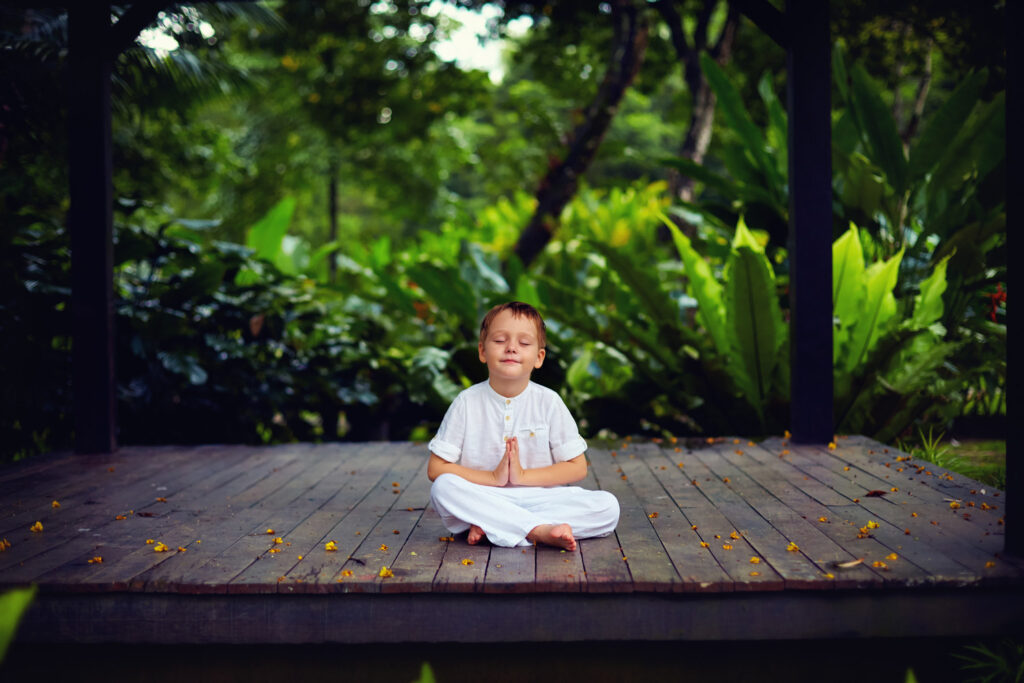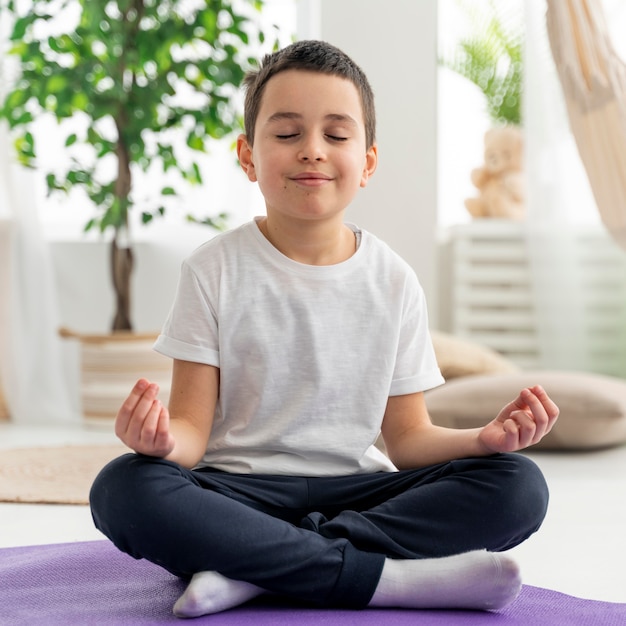Children's meditation is a holistic health care practice that can help children to develop focus, self-awareness, and emotional regulation. It can also help to reduce stress, anxiety, and hyperactivity
Here are some tips for teaching children to meditate:
Find a quiet place where children will not be disturbed.
Have children sit or lie down in a comfortable position.
Encourage children to close their eyes and to focus on their breath.
Use simple language and instructions that children can understand.
Be patient and understanding. It may take some time for children to learn to meditate.

If you are interested in teaching your child to meditate, there are many resources available to help you. There are books, websites, and even apps that can teach you how to meditate with children. You can also find meditation classes and workshops that are specifically designed for children.

Here are some benefits of children's meditation:
Improved focus and attention
Reduced stress and anxiety
Increased self-awareness and emotional regulation
Improved sleep quality
Increased empathy and compassion
Reduced hyperactivity
Improved academic performance
Increased resilience
It is important to note that children’s meditation is not a substitute for conventional medical care. If your child is experiencing any health problems, it is important to see a doctor. But children’s meditation can be a valuable addition to your child’s holistic health care routine.
There are many different ways to teach children to meditate. Some popular methods include:
This involves teaching children to focus on their breath and to notice the sensations of breathing in and breathing out.
This involves teaching children to focus their attention on each part of their body, one at a time.
This involves teaching children to visualize a peaceful place or scene.
This involves listening to a recorded or live meditation guide.
